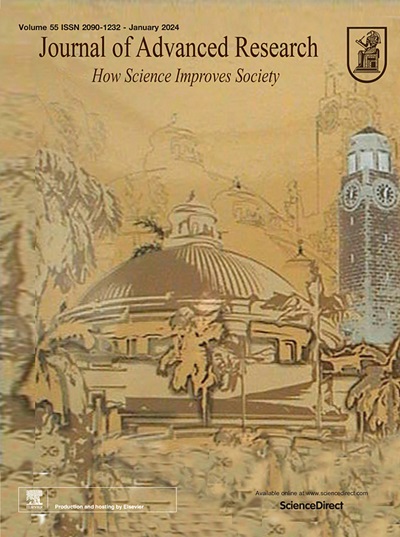生物医学应用的口服天然细胞外囊泡:进展和临床前景
IF 13
1区 综合性期刊
Q1 MULTIDISCIPLINARY SCIENCES
引用次数: 0
摘要
天然细胞外囊泡(ev)是来源于多种生物来源的纳米级囊泡,在细胞间通讯和治疗货物递送中发挥着重要作用。由于其固有的生物相容性、低免疫原性和穿越生物屏障的能力,电动汽车作为口服给药载体已经引起了越来越多的兴趣。然而,尽管有越来越多的临床前研究,目前还没有全面的综述系统地关注ev专门用于口服给药的应用,这是文献中的一个关键空白。本综述旨在系统总结和批判性评价ev作为口服给药系统的发展现状。它整合了关于电动汽车来源、提取和工程策略的知识,以及它们在一系列疾病中的治疗潜力。通过解决这一尚未开发但前景广阔的领域,本综述旨在为基础研究人员和临床创新者建立基础参考。本文对动物和植物来源的电动汽车进行了比较分析,强调了它们在胃肠道中的稳定性以及它们包封和保护生物活性分子的能力。它探讨了ev克服肠上皮和血脑屏障(BBB)等生理屏障的机制,以及表面修饰如何增强组织靶向性。综述涵盖肿瘤、神经退行性疾病、代谢、炎症和感染性疾病的治疗应用,强调在提高口服生物利用度和减少副作用方面的优势。它还确定了当前在标准化、大规模生产和药物装载效率方面的挑战。本文最后提出了优化基于ev的口服给药系统和促进其临床转化的未来方向。本文章由计算机程序翻译,如有差异,请以英文原文为准。

Oral natural extracellular vesicles for biomedical applications: Advances and clinical perspectives
Background
Natural extracellular vesicles (EVs) are nanoscale vesicles derived from diverse biological sources, recognized for their roles in intercellular communication and therapeutic cargo delivery. Due to their intrinsic biocompatibility, low immunogenicity, and ability to traverse biological barriers, EVs have garnered increasing interest as oral drug delivery vehicles. However, despite growing preclinical research, there is currently no comprehensive review that systematically focuses on EVs specifically for oral delivery applications—a critical gap in the literature.Aim of Review
This review aims to systematically summarize and critically assess the current progress in the development of EVs as oral drug delivery systems. It integrates knowledge on EVs sources, extraction and engineering strategies, and their therapeutic potential across a range of diseases. By addressing this underexplored yet promising area, the review seeks to establish a foundational reference for both basic researchers and clinical innovators.Key Scientific Concepts of Review
The review provides a comparative analysis of EVs from animal and plant origins, emphasizing their stability in the gastrointestinal tract and their ability to encapsulate and protect bioactive molecules. It explores the mechanisms by which EVs overcome physiological barriers such as intestinal epithelium and the blood–brain barrier (BBB), and how surface modifications enhance tissue targeting. The review covers therapeutic applications in oncology, neurodegenerative, metabolic, inflammatory, and infectious diseases, highlighting advantages in improving oral bioavailability and reducing side effects. It also identifies current challenges in standardization, large-scale production, and drug loading efficiency. The review concludes by proposing future directions for optimizing EVs-based oral delivery systems and facilitating their clinical translation.求助全文
通过发布文献求助,成功后即可免费获取论文全文。
去求助
来源期刊

Journal of Advanced Research
Multidisciplinary-Multidisciplinary
CiteScore
21.60
自引率
0.90%
发文量
280
审稿时长
12 weeks
期刊介绍:
Journal of Advanced Research (J. Adv. Res.) is an applied/natural sciences, peer-reviewed journal that focuses on interdisciplinary research. The journal aims to contribute to applied research and knowledge worldwide through the publication of original and high-quality research articles in the fields of Medicine, Pharmaceutical Sciences, Dentistry, Physical Therapy, Veterinary Medicine, and Basic and Biological Sciences.
The following abstracting and indexing services cover the Journal of Advanced Research: PubMed/Medline, Essential Science Indicators, Web of Science, Scopus, PubMed Central, PubMed, Science Citation Index Expanded, Directory of Open Access Journals (DOAJ), and INSPEC.
 求助内容:
求助内容: 应助结果提醒方式:
应助结果提醒方式:


